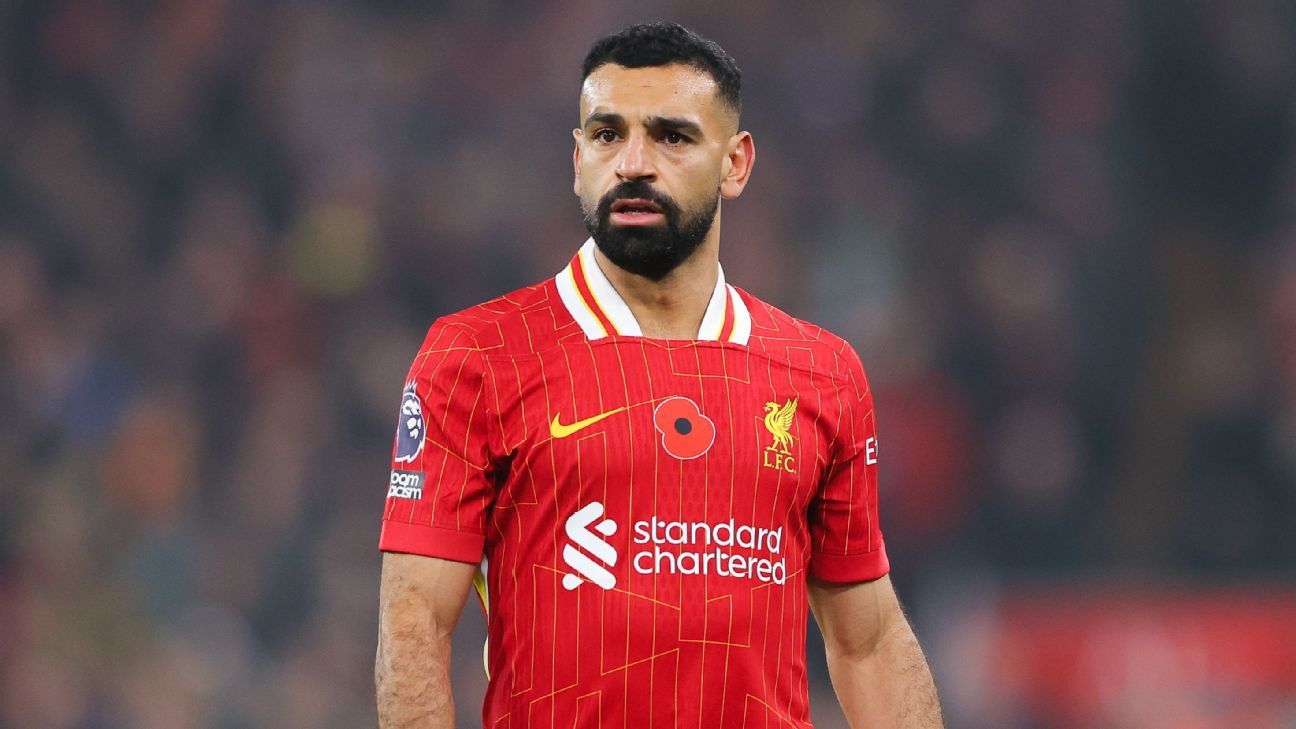
WILMETTE, Ill. — The new racing season is upon us, hope and excitement fill the pits and garage areas around the globe.
While most of the spotlight will be on the highest levels of professional motorsports, lots of action takes place at the grassroots level.
This month we will take a look at the role of the gentleman racer in the motorsports ecosystem.
Top-tier series require big budgets to compete. Funds are used for cars, engines, parts, tires, shop space, haulers, salaries and related expenses. Additional money is spent for track rental, travel and entry fees. Most teams will have sponsors paying to support the team in return for media exposure and activation opportunities.
Sponsorship and in-kind exchange may cover up to two-thirds of the team budget with the remainder coming from purses, prize money and merchandise sales.
At lower levels of racing, the ability to generate sponsorship revenue may be limited. This leaves a gap to be filled. We know that racers typically spend everything they have, and often exceed all available resources. Speed costs money and all racers want to go fast.
Teams are left with the decision to limit budgets or be creative in covering the shortfall.
This is where the paying driver enters the equation. Instead of being paid by the team, they will drive for free. In most cases, they will bring with them money in the form of sponsorship or funds to pay for the seat. This money goes directly to the team budgets.
One aspect of the driver bringing money that may not be looked on as favorable involves moving out an existing driver in favor of a sizeable sponsorship with another wheelman. Existing contracts may be honored and paid out, but this still unsettles fans.
A driver may be trying to gain experience through seat time and paying for the ride will give them an opportunity. The ultimate goal for many is to advance through the ranks of racing to the highest level.
Another form of pay to play may be the aspiration of individuals to be part of the racing lifestyle, usually on a part-time basis. Spending the weekend in the paddock away from the office is not a bad option. Flying to the race track with a helmet bag as carry-on is the ultimate trip.
The goal for drivers may be to learn how to use their performance vehicles at their limit or work on obtaining competition licenses in larger racing series.
Many teams and manufacturers offer “arrive-and-drive” packages. These inclusive packages offer a race-prepped track car and hospitality packages.
There are several series that host events on the world-renowned race tracks. Access to the iconic venues is limited, but participation with a track day school can provide that access. Similar to golf, many racers have that “bucket-list” of tracks they would like to drive on.
What does it cost to be a gentleman racer?
It is not cheap. Renting a seat for a weekly show at a local dirt track might run $1,500 to $3,000. A Chili Bowl ride may cost as much as $15,000. A fully-equipped McLaren may cost $30,000 for a weekend of racing, while a ride in the IMSA WeatherTech SportsCar Championship may cost as much as $2 million.
Away from the track, many are using driver simulation rigs to hone their skills.
Participation in iRacing.com has exploded, with many professional drivers competing alongside aspiring esports gamers and grassroots racers. The ultimate strategy is to have a fully equipped setup rig with moving seats and multiple screens.
Not all gentleman racers compete on the track. Fastball Racing co-owner and driver Bobby Patton is a successful businessman and co-owner of the Los Angeles Dodgers. His team carried the Major League Baseball team’s colors in the Baja 1000 and the Dakar Rally with limited manufacturer support from Toyota.
As racing gets more expensive, entities will look at deals that will provide them with the resources necessary to stay competitive on the track. The other option is to cut costs and manage expenses, resulting in team parity.















 Phone: (800) 737. 6040
Phone: (800) 737. 6040 Fax: (800) 825 5558
Fax: (800) 825 5558 Website:
Website:  Email:
Email: 






